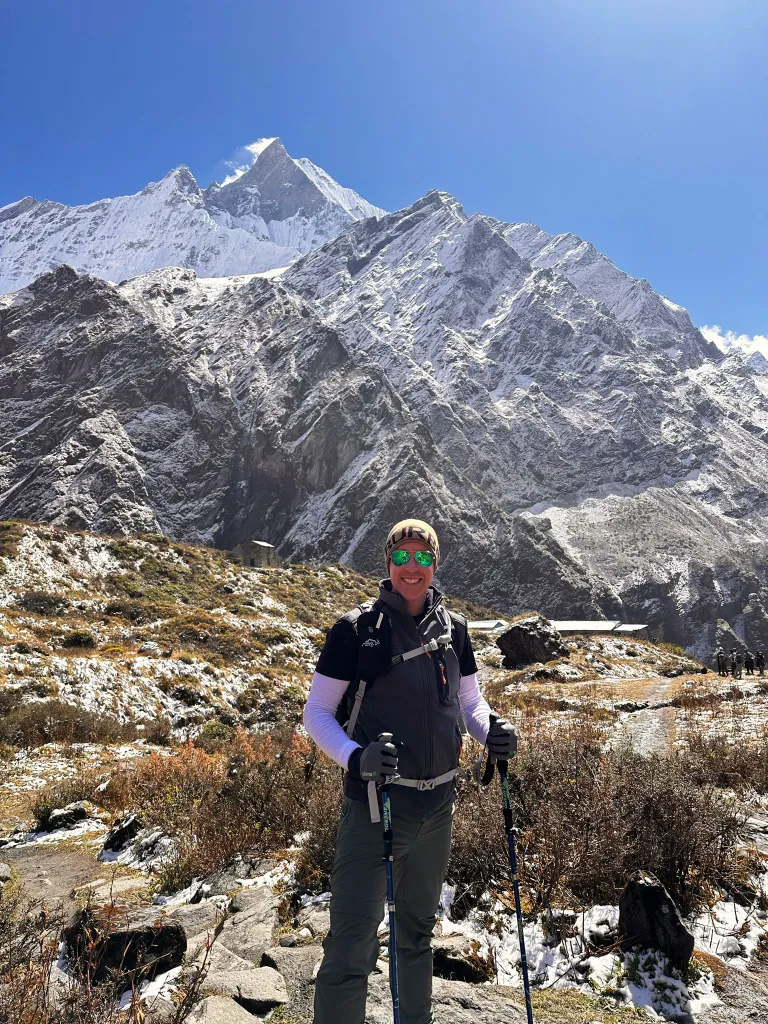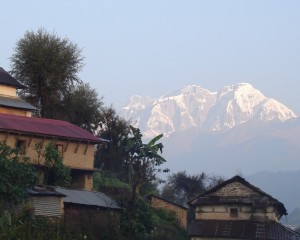The Best Months for Trekking in Nepal: A Comprehensive Guide
It is very tricky to determine the ideal time to trek in Nepal. Despite the Summer-monsoon season from June to September offering growth and freshness, trekkers are recommended to avoid it. The Fall season from September to late November and the Spring season from February to Mid-April is the best time to go trekking in Nepal. The Autumn season in Nepal offers clarity while the monsoon season washes away the bugs and dust. Spring days are counted as warmer and longer days allowing trekkers to spend more time exploring nature. You can warmly wrap up yourself in the cool breeze of Nepal during December and January. This season doesn’t bring much snow but is chilly most of the time. Winter season is the less crowded time to travel to the mountains of Nepal.
With the highest mountains in the world, Nepal has tremendous variation in climates and weather. The high mountains of Nepal provide subarctic and arctic climates. The fall and spring seasons are the best months for trekking to Nepal as the season allows you to witness the clear sky, temperate temperatures, and the very least amount of precipitation. The mountains are the main reason why people visit Nepal. Let’s see the best months for trekking in Nepal in detail.
Best Months to Travel to Nepal
Fall Season (October and November)
The peak season, October and November mark the end of the monsoon season. This is a very significant season for the arrival of early-season trekkers. The month of October and November are the peak trekking season in Nepal. You get to experience the clear sky, mild temperatures, and snowy peaks all over the surrounding. The weather is relatively stable during the season while the clear air makes for superb mountain views. Though the high elevation in the mountain region is cold, the lower elevations are still warm in the season which makes the daytime walk most pleasant overall. Though bad weather can hit the place at any time of the year as the winter is very unpredictable, the fall season has the most reliable conditions.

Nepal welcomes a large number of trekkers in the fall season. During this season, the weather during the daytime hovers around 15°C, and the night temperature rarely dips below zero in the lower parts of the Annapurna Circuit. The temperature sinks a little as we climb higher, mostly in the Everest Base Camp trek. The most popular trails, such as Annapurna Base Camp Trek, Everest Base Camp Trek, Langtang Trek, and many other destinations await the trekkers. Most of the tea houses are full of guests. Hiring the guides and booking the trips must be done beforehand during the peak season of Fall.
PROS AND CONS OF FALL TREKKING
Pros:
- Days are warmer but nights get colder heading to winter.
- Stable and sunny weather with gorgeous views and clear sky.
- Temperature ranges from 15-24ºC (59-75ºF).
Cons:
- As the weather is favorable, the places may be crowdy.
- Pre-booking for guest houses and tea houses is needed.
Spring Season (February to April)
After Fall, Spring Season is the best time of the year for trekking in Nepal. The Spril season begins in late February that lasts till April. The temperature during the Spring season is similar to the fall season but the trails are less crowdy with more haze and precipitation. You will need to reach higher elevations for clear mountain views, usually around 10,000 feet and above during the Spring season.






